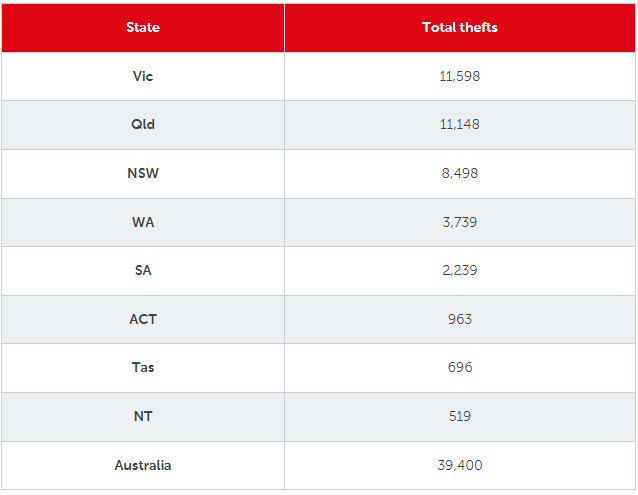The Ford Explorer, launched in the 1990s, transformed the car industry by making SUVs popular and shaping the SUV market. When the first Explorer hit the market for the 1991 model year, it arrived at just the right time to capitalize on growing demand for family-friendly SUVs that could handle a variety of terrains.
The Explorer was one of the first modern SUVs built with unibody construction, giving it a more car-like ride than traditional body-on-frame SUVs. This made the Ford Explorer more comfortable and fuel-efficient than truck-based SUVs while still providing ample interior space, cargo capacity, and the go-anywhere capability synonymous with SUVs at the time. The available four-wheel-drive system gave the Explorer legitimate off-road credentials.
Powered by a 155-horsepower V6 engine, the first-generation Explorer offered a balance of power and efficiency that appealed to many buyers. The Explorer was an immediate sales success and received praise from critics for its blend of size, versatility, driving dynamics, and affordable pricing. It finished second in Motor Trend’s 1991 SUV of the Year competition.
The Explorer proved there was strong mainstream demand for family-oriented SUVs with passenger car roots. Other automakers quickly moved to introduce similar unibody SUVs, like the Jeep Grand Cherokee and Toyota RAV4. The Explorer showed the SUV segment did not have to be dominated by slow, rough-riding trucks.
The second-generation Explorer debuted for the 1995 model year with a complete redesign. The new model was larger overall, adding more cargo and passenger space to keep up with growing families and their active lifestyles. Safety and technology features were also enhanced. This Explorer introduced an independent rear suspension for a smoother ride. The standard V6 engine was enlarged to 4.0 liters, improving acceleration.
Expanding the Explorer Lineup
Ford offered several variants of the Ford Explorer over multiple generations to expand its appeal. Two-door models catered to younger buyers looking for sportier rides, while the upscale Eddie Bauer and Limited trims targeted more affluent families. The Explorer Sport Trac added a pickup-style cargo bed. Explorer sales peaked at over 445,000 units in 2000 as its reputation for quality and versatility grew.
The Explorer also impacted pop culture and featured prominently in movies, music, and television. It became a ubiquitous American family vehicle in the 1990s and 2000s. It also generated its own racing series with the Explorer Sport series that ran until 2005.
Continued Innovation to the Present
The Explorer, now in its sixth generation, keeps up with progress. The newest model brings a hybrid powertrain and updated tech features. These boost connection, enjoyment, and safety. It’s still one of Ford’s biggest products, selling more than 80,000 units each year in the mid-size SUV space.
For over three decades and through seven different designs, the Ford Explorer has made a name for itself in the auto world. It’s fit for families, cozy for the commute, and built for both off-road and city driving. It made owning an SUV a reality for the everyday driver. The Explorer proved that people wanted multi-purpose SUVs that drove well in the city. The consistently high sales over the years demonstrate how the Explorer assisted in molding our current views on SUVs. Because of its lasting influence, the Ford Explorer will certainly be remembered as a key player in vehicle history.
The Explorer’s Lasting Legacy
The Ford Explorer has left an indelible mark on the automotive landscape. When it first arrived, the SUV segment was still finding its identity, dominated by rugged but uncomfortable truck-based models. Buyers preferred SUVs like the Explorer due to their spaciousness and sophistication, suitable for daily family tasks.
Once this was known, competitors swiftly modeled Ford’s example, introducing like-minded SUVs in the 90s. The Explorer was a key player in promoting 4×4 SUVs from specialty to standard vehicles. Its crossover-like driving prowess helped reduce the bad reputation of SUVs as fuel-thirsty monsters.
Now decades later, the Explorer’s formula of available V6 power, generous passenger and cargo room, and available four-wheel-drive remains locked into the DNA of the SUV segment. Newcomers still attempt to match the versatility, comfort, and performance that have been Explorer’s hallmarks for generations. The Explorer proved that with the right blend of attributes, an SUV could become part of the family.
Related
#Role #Ford #Explorer #Shaping #SUV #Segment










